What Do I Do If My Check Engine Light Comes On?
27th November 2019

Car malfunctions happen to the best of us, and even the most experienced drivers can panic when their check engine light comes on. Have you ever stopped as asked, “Why is my check engine light on?” When was the last time you drove and your check engine light turned off by itself? A check engine light flashing could mean a minor mechanical failure or something more serious is about to occur that requires immediate auto service. In any case, it’s important to be prepared and know the check engine light causes that are most common.
Here are 5 major reasons why your check engine light is on. When you see the check engine light, diagnose the issue using this guide.
Reason #1 Faulty Oxygen Sensor
The oxygen sensor tracks and reports oxygen levels in the exhaust gases as they leave the engine. It communicates directly with the internal combustion of the car, so any interference or malfunction could cause engine problems while you are driving. You might say, “My engine light is on.” This could be the reason for it.
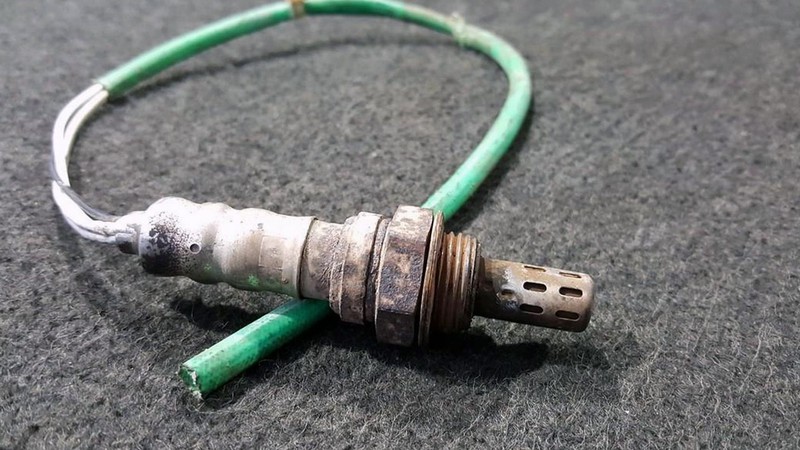
In order to accurately identify damage to your oxygen sensor, look for the following symptoms:
- Engine idly floating
- Loud sounds from engine
- Car fueling significantly faster than normal
- Car’s exhaust fumes emitting color
Reason #2 Faulty Mass Air Flow Sensor
What does the check engine light mean? Another cause for it flashing could be an issue with air flow. The device that estimates how much air enters the internal combustion engine is called the mass air flow sensor (MAF). If it malfunctions, your car could experience reduced fuel consumption, rough idle, or stop altogether.
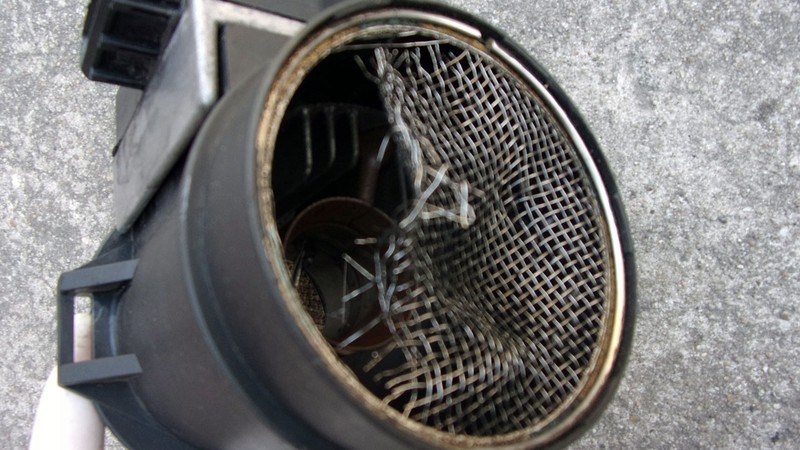
A faulty mass airflow sensor can be depicted by:
- Rough idling
- Unstable idle car speed
- Engine stalling at attempts to depress the accelerator pedal
- Engine thrust fail
- Car not accelerating or able to move uphill
Reason #3 Worn Spark Plugs
Spark plugs are used in the internal combustion system of almost any moving system with an engine to ensure optimal vehicle ignition. They consume high-voltage electricity and let out a spark, which is necessary for igniting the fuel mixture in the engine that makes the car start. Worn or faulty spark plugs prevent your car from starting or cause it to stop completely.
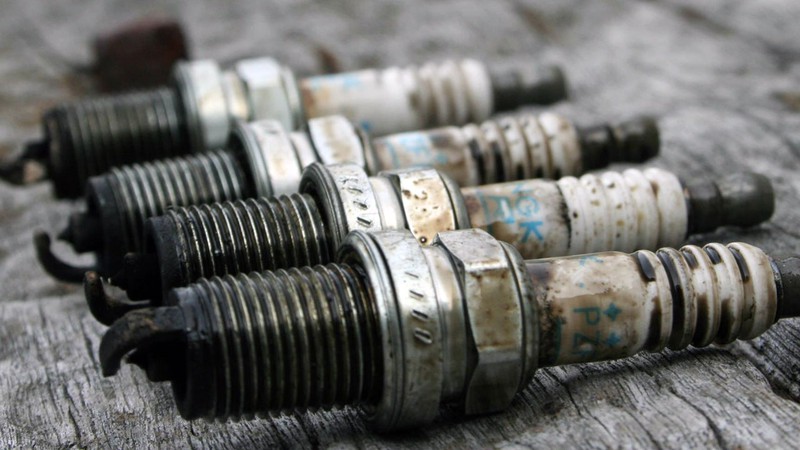
A faulty spark plug can be identified by:
- The check engine light coming on
- The car’s inability to start
- A need for more frequent refueling
- The engine audible idle roughing
- An inability to accelerate quickly
Industry drivers recommend changing spark plugs every 12,000-18,000 miles or 4,000-6,000 miles for smaller cars. This will minimize issues and help increase your car’s lifespan. Note that you may also see your check engine light on after oil change service has been performed on your car.
Reason #4 Damaged Catalytic Converter
How long can you drive with the check engine light on? If the issue is with your catalytic converter, you shouldn’t chance it. This converter serves protects your car from its own harmful exhaust substances and simultaneously safeguards the environment. Exhaust gases contain substances like hydrocarbons, nitrogen oxides, and carbon monoxide. The catalytic converter cleans these substances to reduce their harmfulness to the internal combustion engine.
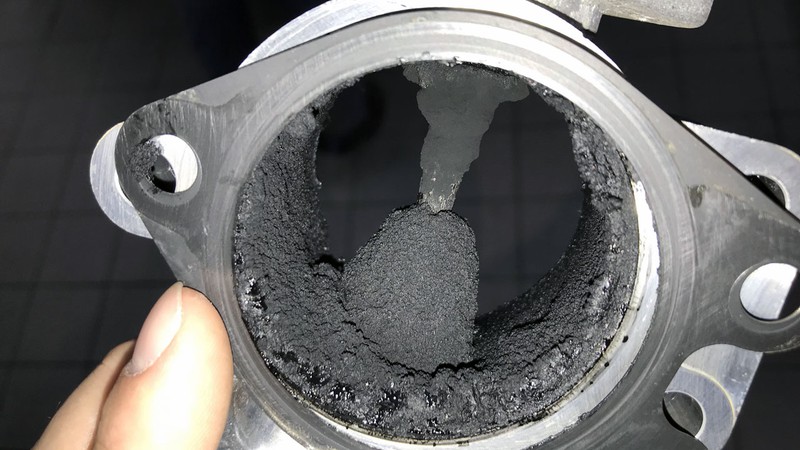
A faulty converter could pose major issues. Troubleshooting a catalytic converter is not a job for an amateur. Contact a professional technician to physically inspect and see if an explosion took place. The expert will perform exhaust back pressure if the engine experienced power loss.
How do you identify a malfunction in the converter? If your engine light came on, it could indicate a direct link to catalytic converter malfunction. When this happens, immediately shut the engine off and have your car towed to the nearest auto body shop. A specialist familiar with check engine light codes can determine if this is the root cause.
A catalytic converter should not be replaced without first identifying the reason for the malfunction. Otherwise, the new catalytic converter will also fail and your warranty may not cover either part.
Reason #5 Missing or Damaged Gas Cap
Probably the most common of the five reasons for check engine light issues to occur is a loose gas cap. In older car models especially, owners have stated that the check engine light flashes then went away. This is because the car detected a leak in the evaporative emission control system. If your check engine light comes on after you put gas in your car, simply check that the cap is closed tightly. It may take a few engine restarts for the light to go off, but the issue resolves itself. If you’re looking for how to reset the check engine light without a scanner, this is one easy way.
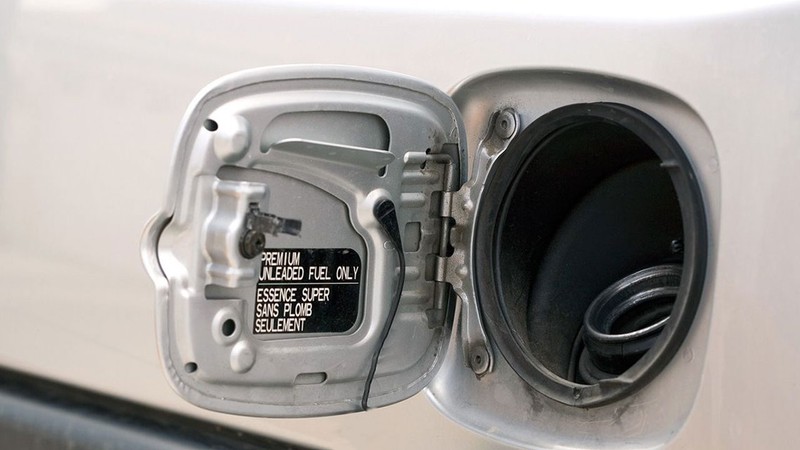
Is it Safe to Drive with the Check Engine Light On?
Why is your engine light on? It could be for many reasons. The best thing to do is to be aware of your car’s sounds and movements. If there are obvious changes indicating a serious technical malfunction, get a tow to an auto service shop and have a professional assess and fix the problem using a check engine light codes list.
Do you want to know how many miles to drive after resetting the check engine light for inspection? We recommend taking your vehicle to a local service station to receive an accurate diagnosis of any engine light problem. Putting this off could result in more serious and expensive car repairs!
If you live in Maple Shade, NJ; Cherry Hill, NJ; Merchantville, NJ; Camden, NJ; Moorestown, NJ; or Mt. Laurel, NJ, our shop is conveniently located in Pennsauken, NJ. Our experts are ready to complete your auto body repair, so do not delay when it comes to the health of your car and your own safety! Contact a professional today for a fair price and official diagnosis to get your car up and running again.
 16th April 2020How to Prepare a Car for Sale in 5 Easy Steps
16th April 2020How to Prepare a Car for Sale in 5 Easy StepsCollex Collision Experts Services cover all the steps to a car sale, helping car owners in Pennsauken, Maple Shade, Cherry Hill, Merchantville, Camden, Moorestown, and Mt. Laurel, NJ, sell for more.
 26th February 2020Are Winter Car Preparations Really Necessary in 2020?
26th February 2020Are Winter Car Preparations Really Necessary in 2020?This list guides you through the 15 steps of preparing your car for winter 2020 in order to avoid auto service visits and have everything you need if you get stranded in your car in winter storms.
 11th October 2019Your Guide on What to Do After A Car Accident
11th October 2019Your Guide on What to Do After A Car AccidentIf you plan to file an insurance claim following your car accident, you need to be proactive from the beginning. Here’s what what to do after a car accident to protect your interests.


Looking for a professional auto repair company that can handle any scale of collision damage? Choose Collex Collision Experts for comprehensive collision repair that including dent repair, auto detailing, painting, and etc.


